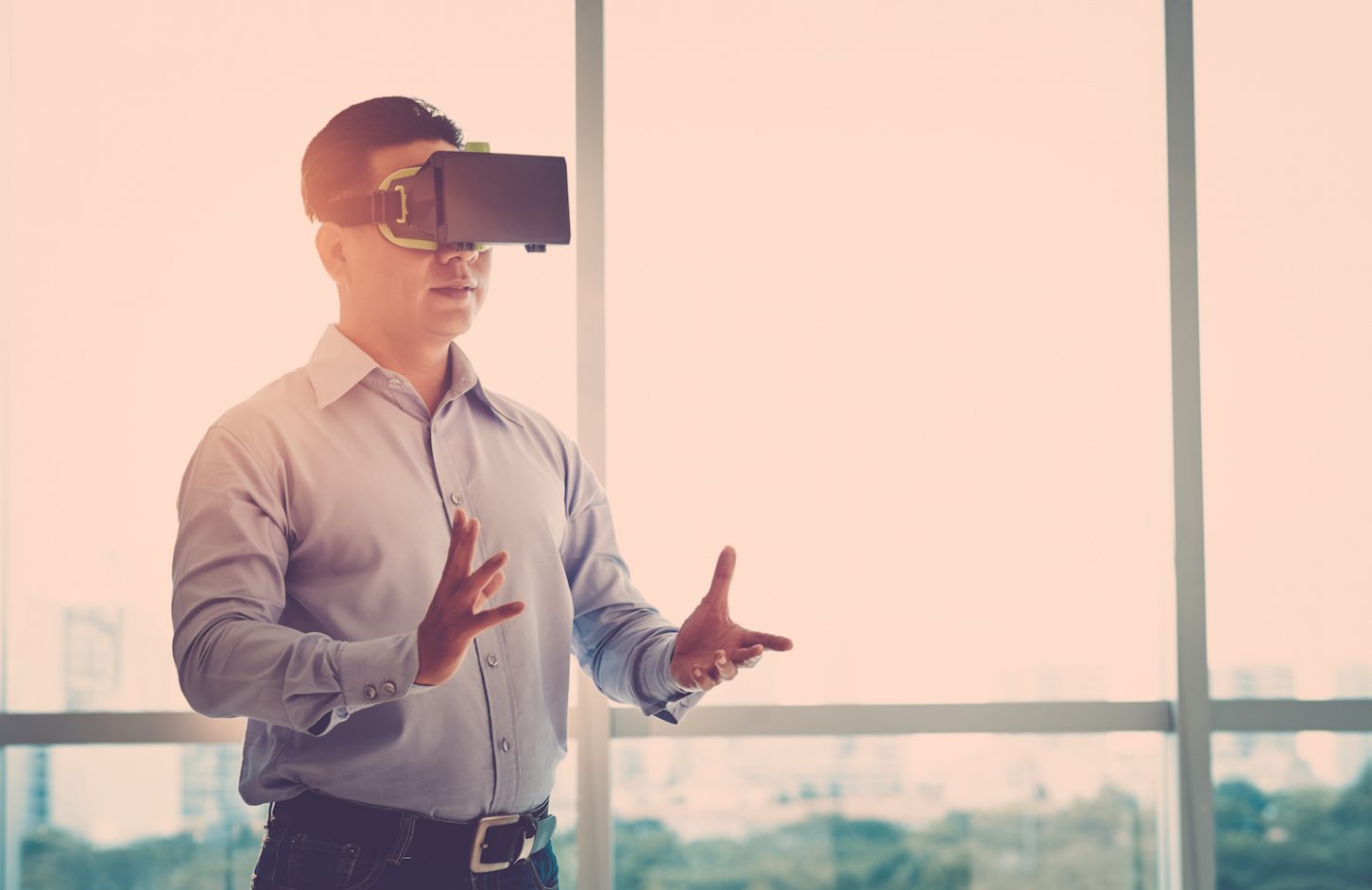Mark Curtis, chief client officer at Fjord, a design and innovation consultancy from Accenture Interactive, explores how VR can be harnessed by charities as a key communication channel.
Virtual Reality (VR) has never felt more real, with the Oculus Rift, HTC Vive and PlayStation VR all using an alternate reality environment to enhance our entertainment. But what if the boundaries of VR could be challenged further as a force for good, and used as a platform to educate us about worlds that exist beyond our own? VR in charitable campaigns is not an obvious choice for the industry, but it does have the potential to drive our empathy and emotional responses, delivering a powerful call-to-action. So how can charities capitalise on the opportunities of VR?
Bringing audiences to the heart
VR technology immerses its audiences, as seen in a recent VR experience by video startup Ryot, which put people at the heart of the refugee crisis. With VR, we can experience the immense distance travelled by someone in central Africa to reach a clean water source. We can feel the impact of war and conflict on those trying to live ordinary lives. In short, VR can shape our emotional responses to previously unimaginable environmental surroundings and even motivate us to take action.
Charities have long struggled to strum the empathy of potential supporters, but VR technology can help people truly understand someone else’s plight. For example, a recent VR documentary produced by RYOT News explored the aftermath of an earthquake in Nepal so viewers could see the damage caused through a unique perspective, as though they were there in person. We don’t have to simply imagine what it would be like to be there; through the power of VR, we can experience it in a sensorial dimension.
Breaking barriers
All that said, there are still plenty of barriers to conquer if VR is to become a key communication channel for charities, and right now, the biggest setback is cost. Even the most primitive of VR headsets needs a smartphone to function and the required specs for these devices can easily run into hundreds of pounds. However, the tide is starting to shift and Microsoft will soon be launching affordable VR headsets through its partners.
This means that VR technology will become more accessible to consumers across the board, amplifying audience participation in these experiences. On the other hand, a charity isn’t restricted to using VR to drum up support and donations – it can also use this technology as part of its activity in helping others.
For example, education in developing economies is driving towards technology-based solutions, and VR could spearhead its future development. If charities and businesses can offset the costs of VR headsets with alternative financing, pupils across the under-developed world can be afforded the same learning opportunities as those in wealthier regions.
Another major obstacle to the adoption of VR by charities is the issue of space. The major players in VR need physical space for users to move around in. This raises the issue: if a charity wants to spread its message, should they create a physical space to do so and how can they adapt the experience to those with limited or no physical areas in which to roam?
These questions remain open-ended, but companies can innovate to offer solutions. Whether it’s through creating a portable studio that can tour the country, like the National Autistic Society’s recent VR experience, or by releasing an application that users can download at home, there are multiple answers and options, which can then level the playing field within the VR industry for both the tech giants and disruptive startups.
The future of VR
VR technology, like everything else in the tech world, is experiencing constant change and innovation, as more people begin to use virtual reality and seek to make milestone improvements. For example, user inputs and controllers only really came to the forefront this year, and there’s no ceiling on the heights of where VR can go. Sensorial exploration in VR is still in its infancy, but with sight and sound already well established, it’s easy to imagine that taste, smell and touch are soon set to blur the lines between science fiction and fact.
All these possibilities in VR offer ground-breaking opportunities for disruptive startups to flex their talent and change the way we view and experience VR. And what better way to use VR than for good? The third sector is constantly looking for inventive ways to reach new audiences, and VR innovators are in the prime position to help charities offer powerful, immersive and moving experiences. Ones that can help change the world for the better.

